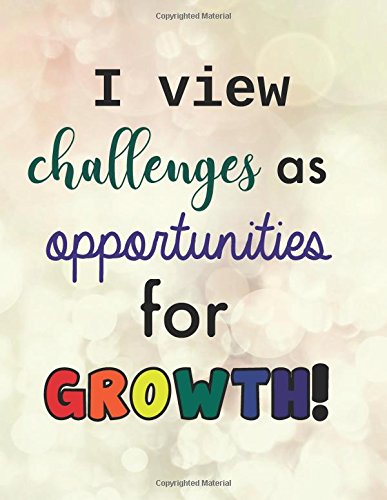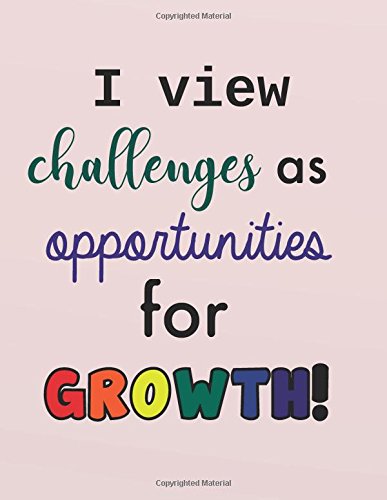
This book intends to inform what hypnosis is and how it works. It explains how techniques of hypnosis are used in hypnotherapy to improve mental and physical health. The book gives ample examples of scientific research in the field of hypnosis and hypnotherapy, and connects this with recent neurological studies. Therefore, this book is also valuable for hypnotherapists. The working of the normal consciousness versus the subconscious mind are explained and how hypnosis comes into play. Furthermore, the book gives an understanding why emotions are important and how to deal with them. The importance of neuroplasticity is discussed as well as the power of words. There are a lot of misconceptions about hypnosis and the authors will deal with the questions that most people have with regard to hypnosis. The authors explain hypnosis, the power of belief, energy and consciousness by using insights from quantum physics and the unified field theory. Hypnosis and hypnotherapy can be used for a variety of mental health problems and the authors explain how hypnosis can be used to reduce or eliminate stress by using self-hypnosis or through the elimination of stress factors. Other uses such as dealing with weight problems, quitting smoking, and a variety of other problems such as depression, burn-out, fears, phobias, bereavement, sexual dysfunction, sleep, post-traumatic stress disorder, obsessive compulsive disorder are explained. As you read through the pages you will learn how hypnosis can be used for a variety of medical problems. One of the most prominent uses is hypnosis for pain elimination. Hospitals are starting using hypnosis as an alternative or adjunct for chemical anesthesia. Additionally, hypnotherapy is used for eliminating complaints for irritable bowel syndrome in an increasing number of hospitals. Hypnosis and hypnotherapy can also be helpful with fertility, pregnancy and birthing, emergency hypnosis, migraines, menopause. The authors also discuss how hypnosis can help to alleviate the suffering from severe illnesses such as cancer. Hypnotherapy can help children in a variety of ways. In this book the authors discuss addressing problems such as bedwetting, sensitive kids, ADHD, study problems, being bullied, and how to help children with all kinds of fears. It is also discussed how hypnosis techniques can be used for sports improvements, how to retrieve lost objects, how it is used in forensic hypnosis and how hypnosis can be used to enhance beauty, become younger and cultivate charisma. It gives you a brief overview of the history of hypnosis by talking about some great names in the world of hypnosis such as Franz Anton Mesmer, James Braid, Hippolyte Bernheim, Sigmund Freud, Dave Elman, Milton Erickson, Ernest Hilgard and Gerald Kein. The book finishes with an overview of some techniques used in hypnotherapy and gives examples of testimonials for hypnotherapy sessions. At the end there is a resource page through which the reader can obtain a link to a free hypnosis audio.





